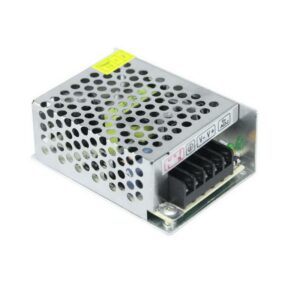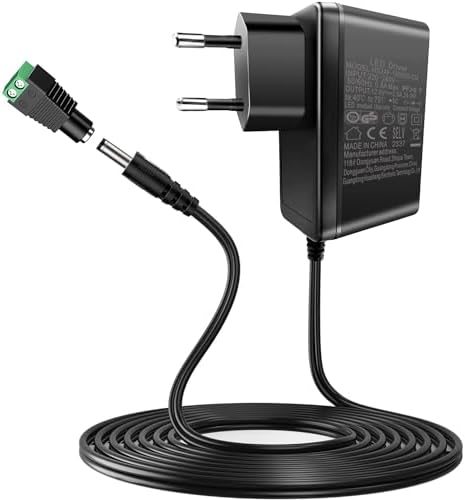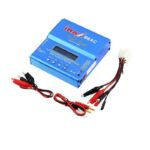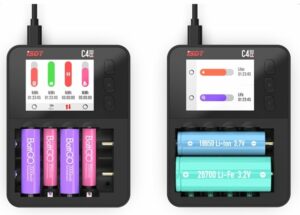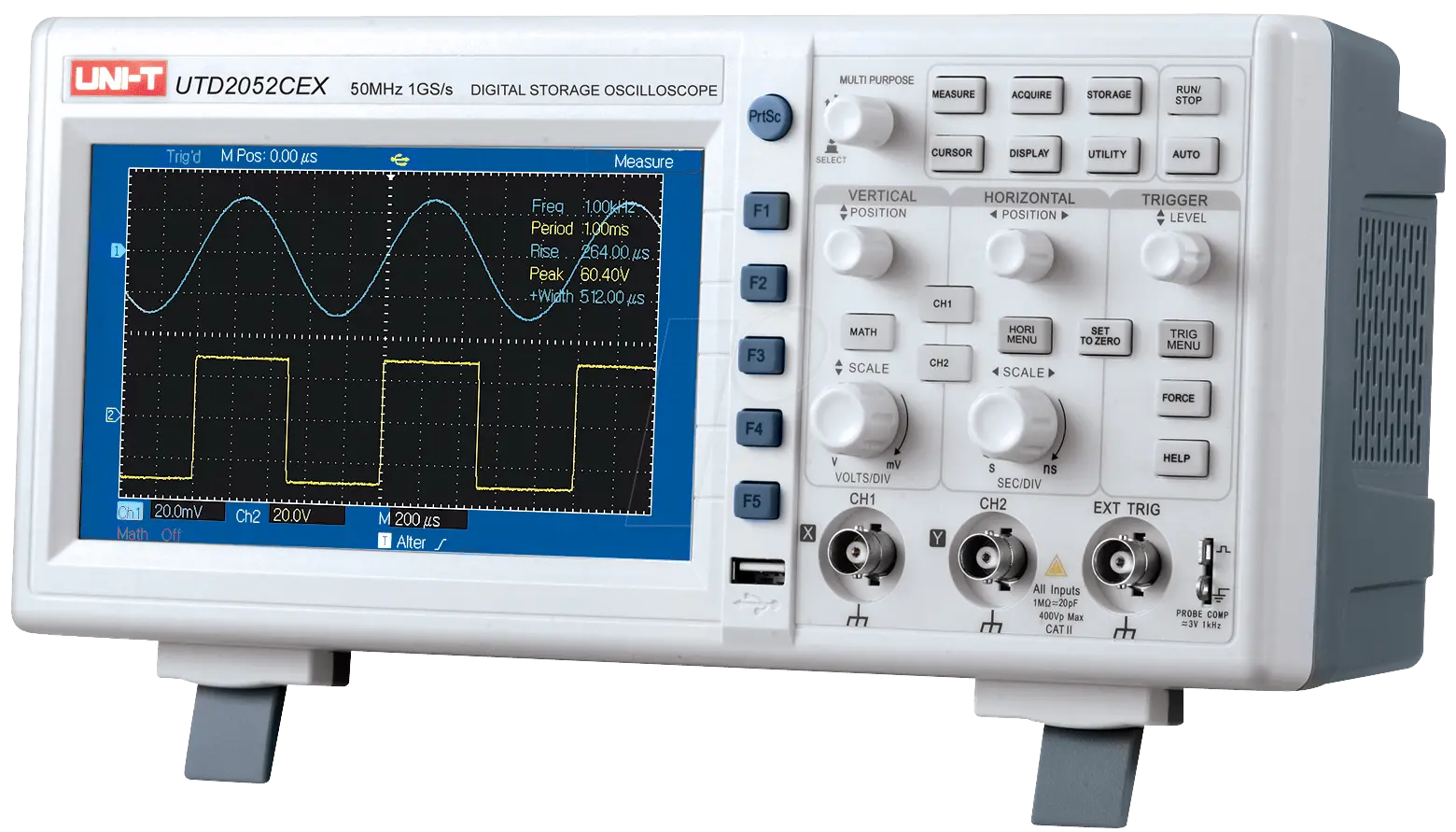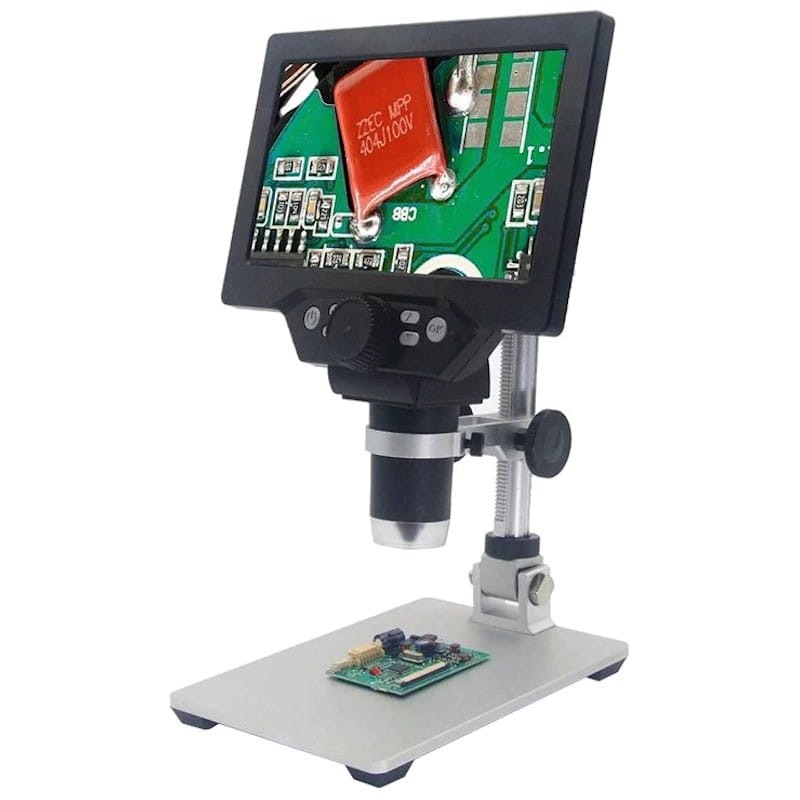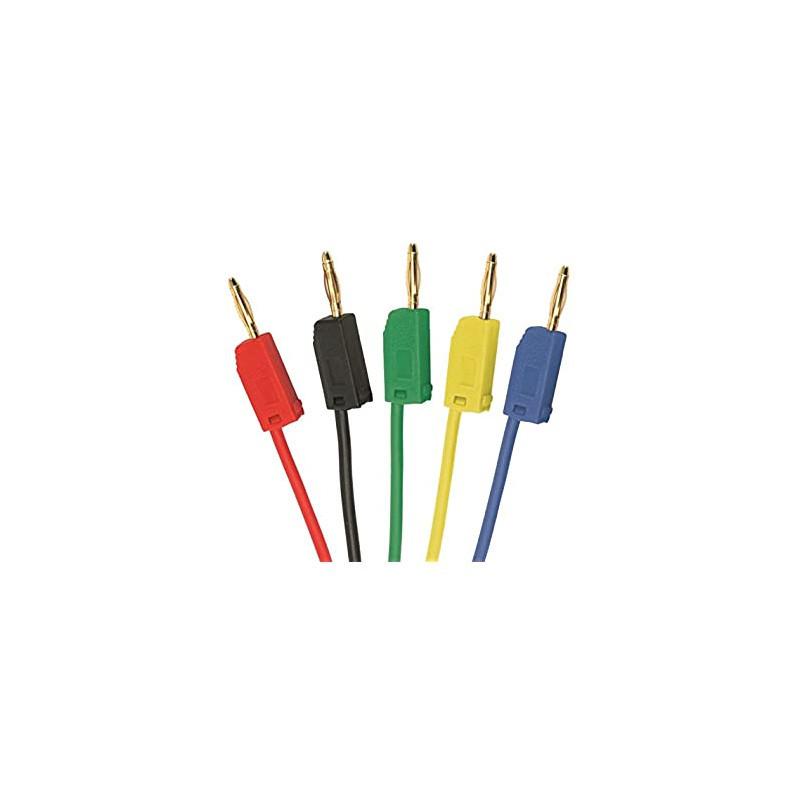Aging in Accounting: AR Aging & AP Aging Explained Example Leave a comment
Join the 50,000 accounts receivable professionals already getting our insights, best practices, and stories every month. Danielle Bauter has 25 years of experience as a Full-Charge Bookkeeper and has owned her own bookkeeping and payroll service for over two decades, working with various accounting software. Learn how our spend platform can increase the strategic impact of your finance team and future-proof your company. These percentages help assess overall collection effectiveness and identify trends that might require attention. As you can see, the report gives you granular information about how much you are owed from each customer as well as how much is owed in each time period. It is useful to show when an invoice was received, how old it is, when it is due for payment if a discount will be received and the final due date.
Concept of AR Aging Reports
Another way that the information in an aging report can be misleading is the timing of the report. This can happen when a company sends invoices at the end of the month and then generates the aging report a few days later. Previous month’s invoices will show up as past due, but some of them could have been paid after the aging report was created. Once invoices cross into the 1-30 days past due category, they’re considered slightly overdue. Often, delays in this bracket result from minor issues or administrative oversights. Prompt follow-up actions, like sending reminders or making phone calls, are typically effective at securing payment at this stage, preventing further delinquency.
Accounts receivable aging analysis: 5 reasons why accounts receivable aging reports are important
You’ll learn about this more in the cash conversion cycle but for now, let’s just stick to the AP aging. Are you ready to learn more about how ZoneReporting can help you take control of AR aging and transform your financial operations? ar aging report is higher than payment receive Apply appropriate formatting to the report, such as adding headers, borders, and color coding to highlight key information. The issue with any Excel or Google Sheets-based template is that you still have to input the necessary data from your ERP manually. This can take hours to manually input, reconcile, then continually cross-reference for any errors or updates.
You want the percentage of overdue accounts receivable to be as close to zero percent as possible. Jason Lemkin recommends SaaS businesses set a goal of collecting 110% of MRR each month (which would actually give you a negative AR aging percentage). AR aging reports have various columns and presentations, but the baseline of the report always answers who, how much, and payment timelines. It can be difficult to realize that you have late-paying customers, but monitoring aged receivables in accounting can help you run a more sustainable business with healthy finances.
For illustration purposes, below is a sample of an A/R aging report generated using QuickBooks Online. If you’d like to know more about the software’s features and capabilities, read our QuickBooks Online review. Once the data is collected, categorize it based on customer names and the corresponding aging groups. This step makes it easier to analyze the report and identify which accounts require attention. Xero is a cloud-based accounting software designed to support businesses of all sizes. Invoice2go provides innovative tools that help your bills get collected promptly and keep your company thriving.
Over 90 Days Past Due
You should also consider offering early payment discounts and using payment reminders to discourage customers from accumulating debt. Make sure to factor bad debts into your worst-case scenario for operational budgets to help extend your runway in case of a market downturn. Offering a payment plan based on aging data can improve your chances of collecting overdue amounts. Start by looking at the accounts receivable aging schedule to see which invoices are delinquent. For example, current invoices (0-30 days) were recently issued and aren’t a concern.
- A sudden spike in overdue invoices might reveal problems with billing procedures or payment terms that need attention.
- In analyzing your customers’ payment behaviors and trends, an accounts receivable aging report can help you determine—and ultimately reduce—your average collection period.
- This will aid in planning for future expenses, managing investments, and making strategic decisions for business growth.
- By following these best practices and leveraging modern tools like Brex, businesses can improve cash flow while building lasting customer partnerships.
With benefits like eliminating collections and improved cash flow, TreviPay’s solution enables businesses to manage their receivables with greater precision. To explore how TreviPay can enhance your financial processes, contact us or request a TreviPay demo. For instance, you might offer your clients a 10% discount if they pay within seven days of receiving their invoice. Granted, this reduces your total profits, but it may be worth it to have the working capital now instead of waiting for an outstanding bill.
Company
Clients with a strong history of timely payments may be rewarded with extended payment terms or discounts for early payments. At the same time, those with frequent overdue accounts may require shorter payment windows or upfront payments. The key thing to notice and keep in mind are the invoices that are lagging past 30 and 60 days. Once you have identified the businesses, it is time to analyze accounts receivable aging. Aging in accounting is a report which helps you understand how long receivables have been outstanding and how long payables have been outstanding. Of the two, accounts receivable aging is much more commonly used since it has an impact on the monies received.
Keep in mind that your business still needs to operate as usual while you’re waiting for customers to make payment on goods or services they’ve already received. You’ll have to meet payroll and other obligations regardless of when those payments come in. If it looks like it’s going to be tight, you can make adjustments such as delaying a planned purchase. These steps help maintain the accuracy and reliability of AR aging reports, making them more effective tools for financial management. Invoices in the “Current” category are either not yet due or have just become due. These represent the lowest risk as they fall within the standard payment period for most businesses.
By catching these issues early, businesses can take preventive measures such as tightening credit policies or accelerating collections efforts. An Accounts Receivable (AR) Aging Report is a crucial financial tool that categorizes a company’s outstanding invoices based on their due time. This report is typically segmented into various time frames, such as 0-30 days, days, days, and over 90 days. Providing a clear overview of receivables assists businesses in assessing their financial health and managing cash flow effectively. Regular reconciliation between aging reports and accounts receivable helps ensure financial accuracy.
- Your AR aging report provides an opportunity to build strong customer relationships by embracing transparency and accountability between your business and customers.
- You might want to reevaluate your credit policy and see how your credit risk stacks up against industry standards.
- Creating an AR aging report involves meticulous attention to detail to ensure accuracy and usefulness.
- Accounts Receivable (AR) aging reports offer critical insights that help businesses shape long-term financial strategies.
- This helps create focused collection strategies, prioritizing high-impact cases and streamlining collection efforts.
- This careful monitoring helps maintain reliable financial records and supports better collection efforts.
Those are two questions that many business owners ask themselves and their teams. Luckily by understanding aging in accounting, businesses can have an idea of how long payments have been outstanding. Tracking customer balances over time allows you to assess their creditworthiness. Increasing overdue invoices for a customer may signal a credit risk, requiring further investigation. Improve collection efficiency by identifying areas for enhancement and implementing strategies.
Turn Your Outstanding Invoices Into Cash
These platforms enable users to access financial data from anywhere, fostering collaboration and enhancing productivity. Each entry includes customer names, account numbers, and contact information for easy reference. This basic information helps teams quickly identify accounts and reach out when needed, making collection efforts more efficient and professional. Like any other report, the accuracy and usefulness of your aging report is only as good as the quality of the data gathered to create it. If you rely on manual processes to complete accounts receivable tasks, the report can be misleading because of human error that inevitably occurs. It’s easy to invert numbers or input data incorrectly which then produces an inaccurate aging report.
This allows businesses to make data-driven decisions when offering credit or adjusting payment terms for specific clients. Finally, share the AR aging report with relevant stakeholders, such as the finance team or management. Ensure they understand the significance of the findings and the actions required to address overdue accounts. Dedicated accounts for payables, receivables, and payroll with custom transfer rules help businesses better organize and optimize their financial processes.
As organizations navigate stricter regulations and rising stakeholder expectations, CFOs need to transform their approach to data governance from a checklist item into a financial strategy. If you have more than one invoice for each client, you’ll put the total amount they owe in each column. So again, if Company X owes you $100 for two invoices that are both six weeks old, you’ll put “$200” in the “31-60” column. Likewise, if they have one 6-week-old invoice and one 95-day-old invoice, you’ll put “$100” in the “31-60” date range and “$100” in the “91+” column.


